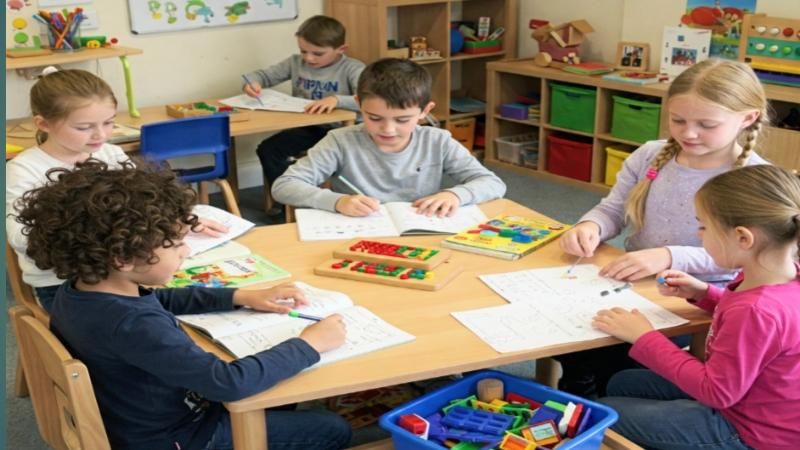A growing number of families across the United Kingdom are opting for home education, with the latest figures revealing a significant increase in children being taught outside the traditional classroom setting. In London alone, the number of home-educated children has jumped from 9,540 in the 2022-2023 academic year to a substantial 11,780 in 2024-2025, according to data released by the Department for Education. This trend reflects a nationwide shift as parents explore alternative educational pathways for their children.
Government data indicates a diverse range of motivations behind this choice. For many, it's a matter of lifestyle, allowing for greater flexibility in travel, daily routines, and family time. Religious or cultural beliefs also play a significant role for some families who wish to provide an education aligned with their values. A growing number of parents express dissatisfaction with the traditional, exam-focused education system, seeking a more holistic and child-centered approach. Furthermore, the desire to provide more tailored support for a child's specific educational needs or mental health is a crucial factor for many families who feel mainstream schooling may not adequately address these areas.
While comprehensive data on specific communities involved in home education is limited, anecdotal evidence and smaller surveys suggest a diverse range of families participate. Factors such as a desire for greater control over curriculum content, a wish to protect children from bullying or negative social environments, and the ability to cater to gifted or particularly challenged learners all contribute to this growing movement across various communities.
Unfortunately, precise national statistics on the percentage of Muslim British, South Asian British, and Bangladeshi British children in home education are not readily available in the most recent government data, Daily Dazzling Dawn understand. Publicly accessible, detailed breakdowns often focus on overall numbers rather than specific ethnic or religious demographics within the home education population. Local authority data might offer more granular insights in some areas, but a comprehensive national picture remains elusive.
The rise in home education prompts questions about the perceived effectiveness of traditional schooling. While it's an oversimplification to say traditional education is definitively "failing," the increasing number of parents opting out suggests that the mainstream system may not be meeting the needs and expectations of all families. Concerns about large class sizes, standardized testing pressures, lack of individualized attention, and the social and emotional well-being of students are frequently cited by parents choosing home education. This trend can be interpreted as a call for greater flexibility, personalization, and a broader focus within the traditional education system to better cater to the diverse needs of all learners.
_1.jpg)
_1.jpg)
_2.jpg)





.svg)


